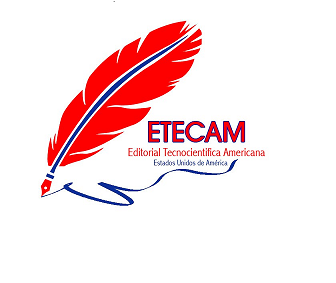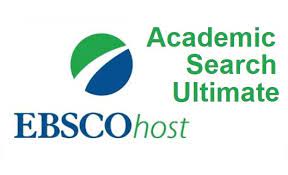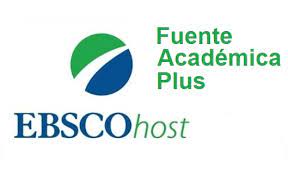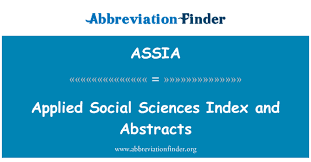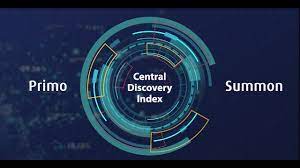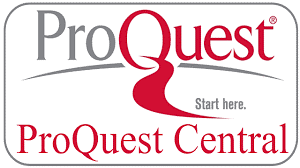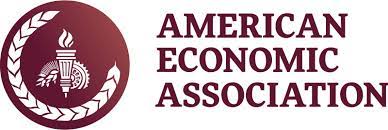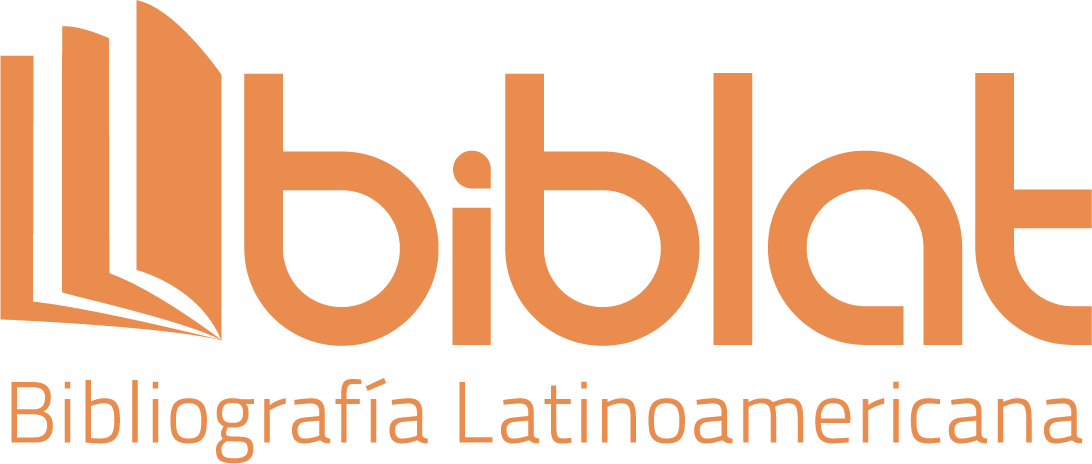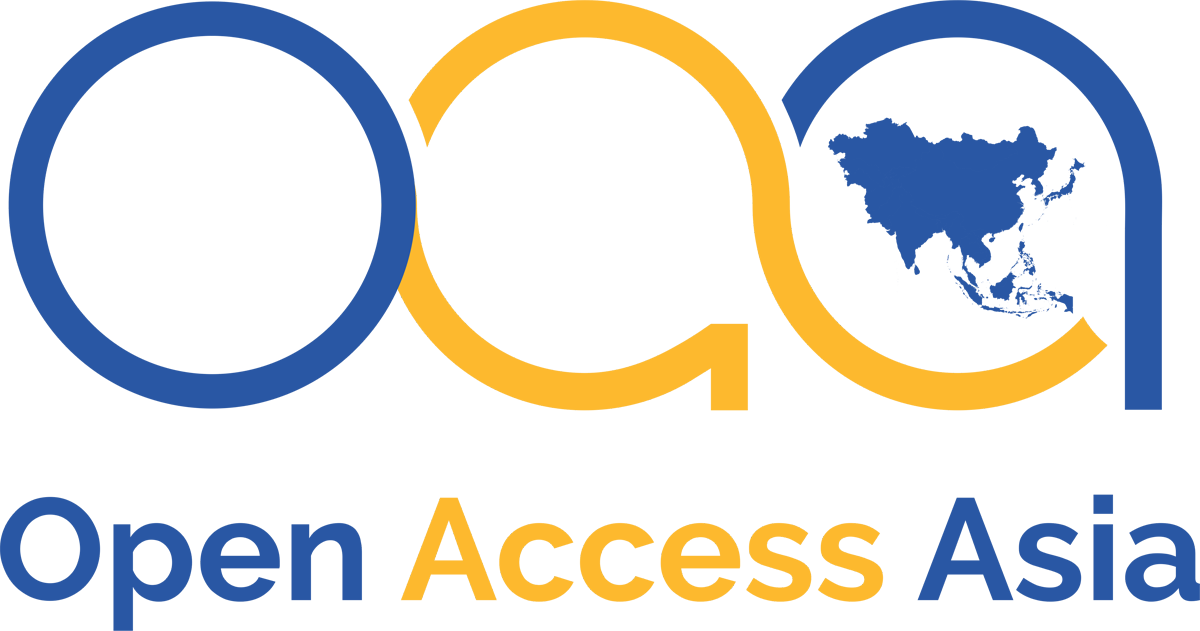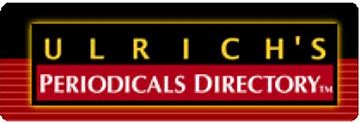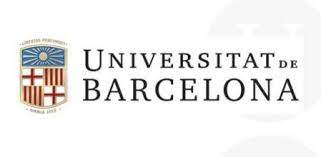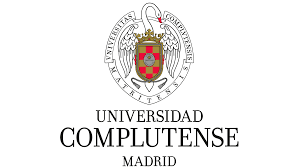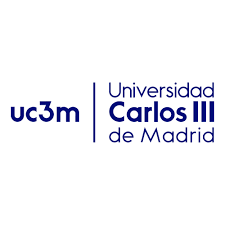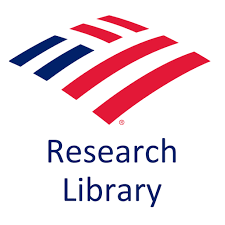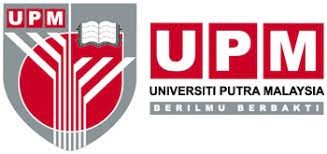Didactic resources for the development of calculus skills in addition and subtraction in third year of EGBE
DOI:
https://doi.org/10.51736/sa.v7i3.338Keywords:
addition and subtraction, reflective calculus, methodological guide, didactic resources, work stations.Abstract
The mastery of reflective calculation in addition and subtraction is essential for EGBE students, as it enhances their critical problem-solving thinking and promotes skills applicable in other areas of their training. However, third-year students face challenges such as a lack of fluency in basic concepts and the transfer of knowledge and skills to diverse contexts. The objective of this research is to design a methodological guide, based on workstations, for the development of reflective calculation skills of addition and subtraction in students in the third year of the EGBE from the use of didactic resources. The sample consisted of 28 students and 5 mathematics teachers from the Basic Education School in the city of Guayaquil. Interviews, evaluation activities, and surveys were conducted. The results of the diagnosis made it possible to show ideal conditions for the implementation of the proposal, as they revealed a gap between the positive perception and the scarce use of didactic resources in mathematics. During the implementation, a positive impact on the accuracy of responses and a decrease in errors in addition and subtraction were observed, through statistical tests of relationship between variables (Wilcoxon, Phi and Cramer). Teachers positively evaluated the methodological guide, highlighting its usefulness and adaptability, although some ambiguity was identified in the instructions, the findings indicate significant improvements in students' reflective calculation skills in addition and subtraction.
Downloads
References
Aydogmus, M., & Senturk, C. (2019). The effects of learning stations technique on academic achievement: A meta-analytic study. Istraživanja u pedagogiji, 9(1), 1-15. https://www.ceeol.com/search/article-detail?id=788684
Cabrera Quezada, J. V. (2022). La taptana como material didáctico para la enseñanza de suma y resta en los estudiantes del segundo grado de Educación General Básica, de la Unidad Educativa Fiscomisional “Purísima de Macas” de la ciudad de Macas, provincia de Morona Santiago. [Tesis de Grado, Universidad Técnica de Ambato]. https://repositorio.uta.edu.ec/jspui/handle/123456789/34372
Conforme, F. L. (2023). Estrategia didáctica de aprendizaje de operaciones básicas de Matemática en los estudiantes de Básica Elemental. [Tesis de Maestría, Universidad Estatal del Sur de Manabí]. http://repositorio.unesum.edu.ec/handle/53000/5081
Diller, D. (2023). Math work stations: Independent learning you can count on, k-2. Routledge.
Durango-Warnes, C., & Ravelo-Méndez, R. E. (2020). Beneficios del programa Scratch para potenciar el aprendizaje significativo de las Matemáticas en tercero de primaria. Trilogia, 12(23), 163–186. https://doi.org/10.22430/21457778.1524
Gonzalez-Rodriguez, D., Rodriguez-Esteban, A., & Gonzalez-Mayorga, H. (2023). Differences in teachers’ training in digital competence and its application in the classroom: A comparative study by educational levels between Spain and France. Revista Española de Pedagogía, 80(282), 9. https://doi.org/10.22550/REP80-2-2022-06
Guzmán, A., Ruiz, J. M., & Sánchez, G. (2021). Estrategias pedagógicas para el aprendizaje de las operaciones matemáticas básicas sin calculadora. Ciencia Y Educación, 5(1), 55–74. https://doi.org/10.22206/cyed.2021.v5i1.pp55-74
Kundu, A., Bej, T., & Rice, M. (2020). Time to engage: Implementing math and literacy blended learning routines in an Indian elementary classroom. Education and Information Technologies, 26(1), 1201–1220. https://doi.org/10.1007/s10639-020-10306-0
Ministerio de Educación [MINEDUC]. (2016). Currículo de los niveles de educación obligatoria. https://educacion.gob.ec/wpcontent/uploads/downloads/2016/03/Curriculo1.pdf
Nikadinata, V. (2023). Learning quantities and units in elementary schools. https://jurnal.seaninstitute.or.id/index.php/jupei/article/view/406
Norwood, K. (2019). Student and teacher perceptions of math workstations in a Third-Grade classroom. Brown Library, Abilene Christian University. https://digitalcommons.acu.edu/metl/22/
Pantoja, L. M. M., Ortiz, J., & Patiño, L. (2023). Dificultades y errores en la resolución de problemas de tipo aditivo simple. Perspectiva, 8(S1), 64–76. https://doi.org/10.22463/25909215.4114
Reyhani, E., & Izadi, M. (2020). Investigation of the ability of task design of elementary mathematics teachers about addition and subtraction. Research in Teaching, 8(2), 129-100. https://doi.org/10.34785/j012.2020.932
Soto-Ardila, L. M., Carrasco, A. C., & García, L. M. C. (2022). Teacher expectations and students’ achievement in solving elementary arithmetic problems. Heliyon, 8(5), e09447. https://doi.org/10.1016/j.heliyon.2022.e09447
Triwardhani, I. J. (2020). Budaya Inklusif dalam Komunikasi Pendidikan Anak (Stud Etnografi Komunikasi pada Sekolah Dasar Inklusif di Bandung). Mediator, 13(2), 319–330. https://doi.org/10.29313/mediator.v13i2.6873
Truitt, A. A., & Ku, H. (2018). A case study of third grade students’ perceptions of the station rotation blended learning model in the United States. Educational Media International, 55(2), 153–169. https://doi.org/10.1080/09523987.2018.1484042
Yonchai, P., Worakham, P., & Panya, P. (2023). The Development of the Blended Learning Model Using Rotating Stations (BLRS) in the Case of a Small Elementary School. Eurasian Journal of Educational Research, 103(103), 33-61. https://ejer.com.tr/manuscript/index.php/journal/article/view/1103
Zamora, P. O. B. (2021). Estrategias de cálculo mental mediante la calculadora descompuesta desarrolladas por una alumna de tercer grado de primaria: El caso de Samantha. Dialnet. https://dialnet.unirioja.es/servlet/articulo?codigo=7830307
Published
How to Cite
Issue
Section
License
Copyright (c) 2024 Hellen Elizabeth García Manrique, Sandra Maritza de la Cruz Aquino, Wilber Ortiz Aguilar

This work is licensed under a Creative Commons Attribution-NonCommercial-ShareAlike 3.0 Unported License.













